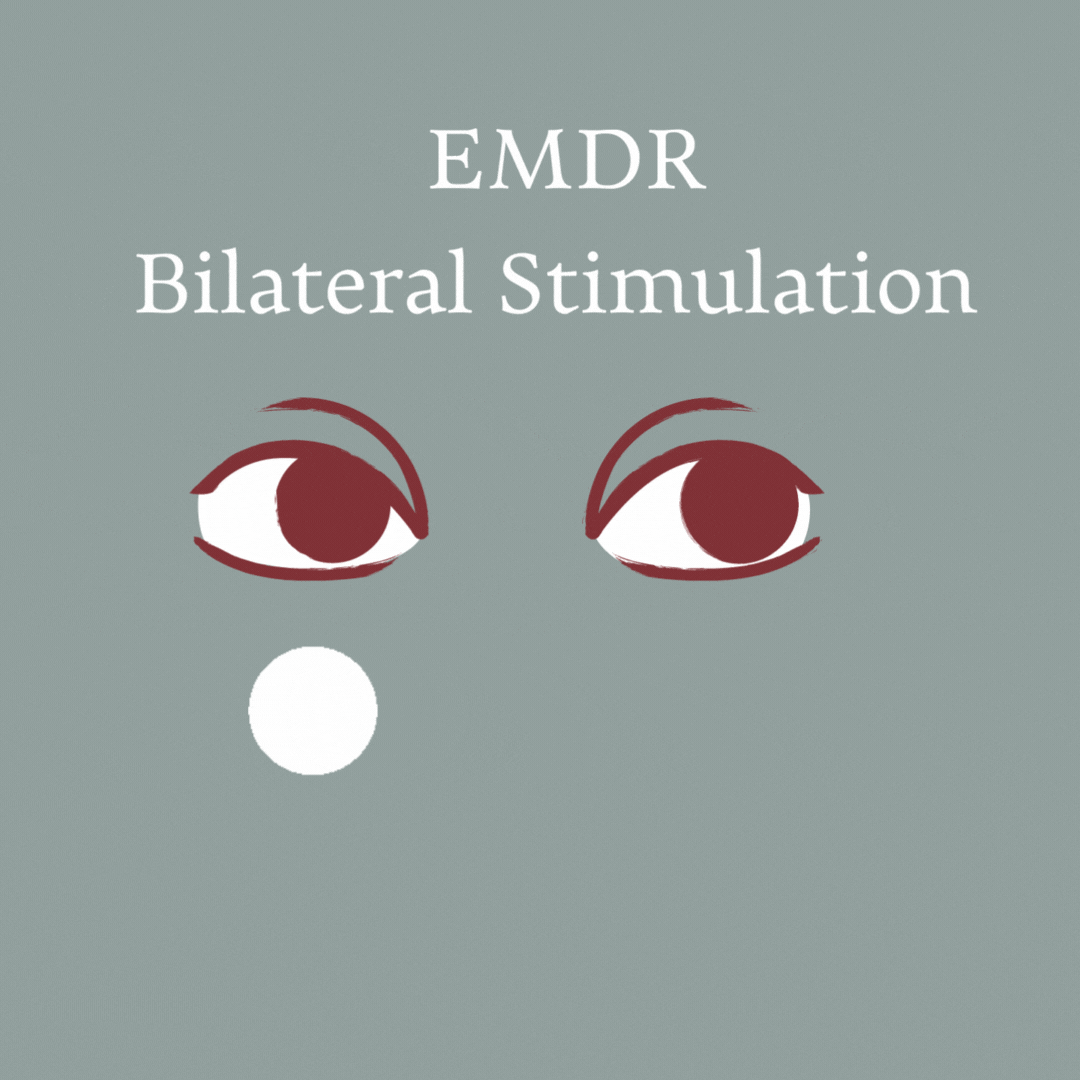
EMDR
EMDR, or Eye Movement Desensitization and Reprocessing Therapy, is a type of therapy that specializes in treating traumatic experiences. It is a highly effective trauma treatment that focuses on healing trauma stored in the body along with the emotions, thoughts, and beliefs associated with it. EMDR aims to help individuals identify and process their trauma, as well as reprocess distorted beliefs about themselves or other triggers related to the trauma. Through this process, an individual can learn new skills for coping with trauma, gain insight into the trauma, and develop healthy beliefs about themselves.
The basis of EMDR is directed at helping individuals process distressing emotions through a number of techniques ranging from eye movements to sound tones and other tactile elements. In many cases, EMDR helps to alleviate the negative symptoms associated with trauma and allows the individual to better respond to their emotions. Through consistent use of EMDR, people can learn how to manage their emotional responses more effectively. This type of therapy has been successful in treating patients dealing with the after-effects of trauma.
I work with adults to heal past trauma that often manifests in complex issues like depression, anxiety, and self-doubt and creates negative beliefs about oneself, others, and relationships. In being seen wholly, my clients are empowered to create the positive changes in their thoughts and behaviors necessary for deeper connection and fulfillment in their lives and relationships. Through the EMDR process, I am able to help my clients heal trauma and empower them to reclaim their lives.
There are several stages of EMDR therapy. During the assessment phase, trauma-related symptoms and triggers are identified. Then the therapist will provide education on trauma and EMDR therapy to ensure that clients have a clear understanding of what they can expect during treatment. In the next stage, trauma is reprocessed using methods such as eye movements, music tones, or other tactile elements. The final stage focuses on closure and stabilization, where the trauma is integrated within the client’s life and they are able to cope with the trauma without experiencing negative symptoms or triggers.
If you are interested in learning more about EMDR therapy and how it can help heal trauma, contact me for a free consultation to discuss your needs. I would be honored to help you take the journey toward healing trauma and reclaiming your life.

